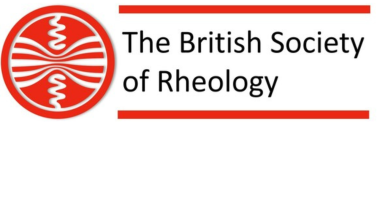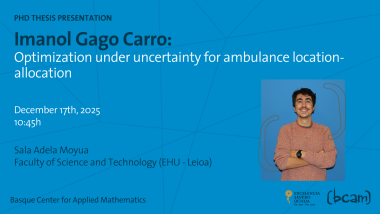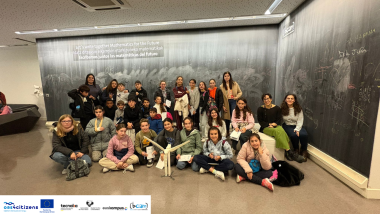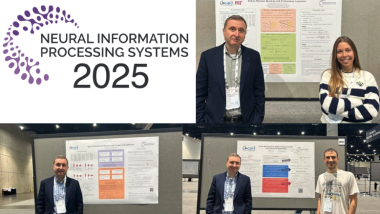Alejandra Hernandezek uztailaren 21ean defendatuko du bere tesia
Defentsa EHUko Leioako Campuseko Zientzia eta Teknologia Fakultateko Gradu Aretoan izango da, 11:00etan.
María Alejandra Hernández Velandia doktoregaia izan da Basque Center for Applied Mathematics (BCAM) zentroan 2020ko urritik, eta Applied Statistics taldean egiten du lan. Bere ikerketaren ardatza luzetarako datuen analisia da, eredu erdiparametrikoak eta ez-parametrikoak erabiliz, bereziki P-splinak eta efektu mistoen ereduak erabiliz. Kurben doikuntza eta deribatuen estimazioa hobetzea du helburu. Metodologia horien aplikazio nagusia nerabezaroan giza garaieraren hazkundea aztertzea da.
Hernandezek 2016an lortu zuen Matematikako gradua Kolonbiako Unibertsitate Nazionalean, eta 2018an Estatistikako maisutza egin zuen unibertsitate berean. Duela gutxi, 2020an, Zientzia Aktuarialean espezializatu zen Antonio Nariño Unibertsitatean.
“Novel P-Spline-based Approaches for Curve and Derivative Estimation in Longitudinal Growth Studies” izeneko tesia Dae-Jin Lee doktoreak (IE University) eta María Xosé Rodríguez Álvarez doktoreak (Vigoko Unibertsitatea) zuzendu dute. Uztailaren 21ean defendatuko da, EHUko Leioako campuseko Zientzia eta Teknologia Fakultateko Adela Moyua aretoan, 11:00etan.
BCAMeko kide guztien izenean, zure etorkizuneko onena opa dizugu, bai profesionala, bai pertsonala.
Abstract
Longitudinal data analysis plays a key role in understanding individual development over time. It helps identify important characteristics such as growth patterns, biological variations, and key milestones like growth spurts and the age at which they occur. Although several statistical models and software implementations are available to estimate growth curves and their derivatives, challenges remain due to the complex and dynamic nature of these processes.
This dissertation explores a range of statistical methods for modeling growth based on repeated measurements from individuals. In particular, it highlights the use of penalized spline (P-spline) models, which have gained popularity for their flexibility in modeling smooth curves. Additionally, their connection with mixed-effects models allows us to take advantage of the methodological and computational tools in this setting for fitting P-spline models.
We focus on three main classes of models for fitting individual growth trajectories and estimating their derivatives: (i) the double-penalty P-spline model, (ii) a family of semiparametric mixed-effects models, and (iii) modified versions of the SuperImposition by Translation and Rotation (SITAR) model. Each approach is discussed in terms of its theoretical background, practical implementation, and suitability for growth analysis.
The proposed methods are evaluated through simulation studies and compared with alternative approaches to assess their performance. Our results indicate that the proposed models provide a slight improvement in curve fitting and derivative estimation. Additionally, we demonstrate the application of these methods using real longitudinal data from 125 young professional football players to analyze their growth and maturation processes over time.
Related news
BCAM pertsonak
Emakumeak zientzian




